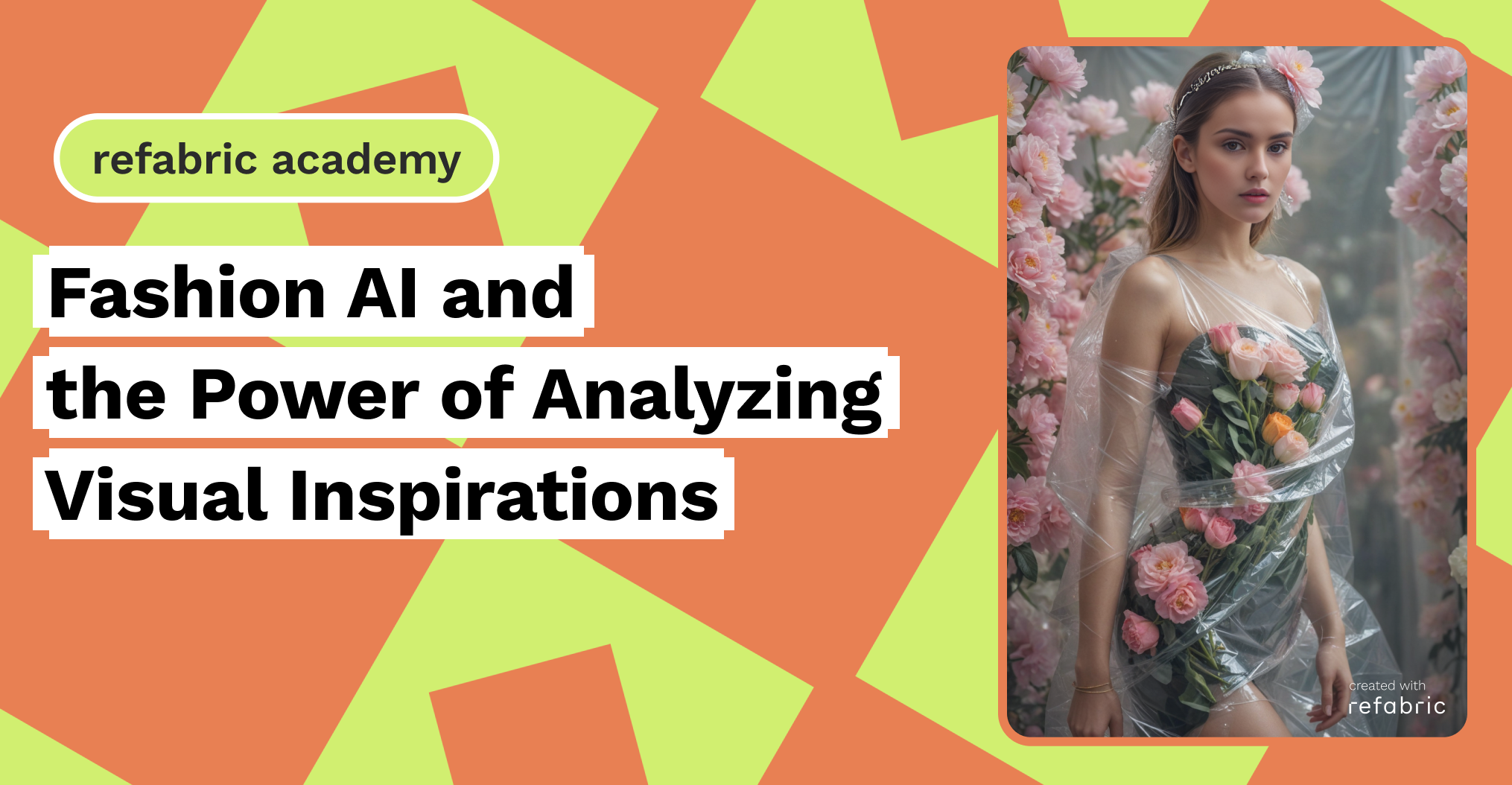Fashion AI is set to revolutionize the industry, fundamentally altering how designs are conceptualized, developed, and brought to market. Among the most exciting advancements is AI’s ability to analyze collections of reference images and generate new fashion designs that capture the essence and aesthetics of these inspirations. This article delves into how fashion AI can empower designers to leverage this technology for faster, more innovative creations.
The Intersection of AI and Fashion
The fashion industry has always thrived on creativity and innovation. Designers draw inspiration from a myriad of sources, including nature, art, culture, and historical fashion trends. Traditionally, the process of translating these inspirations into tangible designs has been time-consuming and labor-intensive. This is where fashion AI steps in, offering a transformative approach.
By analyzing vast amounts of visual data, AI can identify patterns, styles, and trends that might not be immediately apparent to the human eye. This capability allows designers to explore a broader spectrum of creative possibilities, pushing the boundaries of conventional fashion design.
The Mechanics of AI-Driven Design
Fashion AI’s design process typically involves the use of generative adversarial networks (GANs) and other machine learning algorithms. These technologies are adept at processing large datasets of images, extracting key features, and generating new designs that reflect the unique characteristics of the input data.
For instance, a designer might upload a series of images showcasing different elements of vintage fashion. The AI system can then analyze these images, identify common stylistic features, and create new designs that encapsulate the vintage aesthetic. This process not only speeds up the design phase but also ensures a high level of creativity and originality.
Fashion AI Benefits for Designers
Efficiency and Speed: Fashion AI can significantly reduce the time required to develop new designs. What might take a human designer weeks or months to conceptualize can be achieved by AI in a matter of hours. This efficiency allows designers to focus on refining and perfecting their creations rather than spending excessive time on initial ideation.
Enhanced Creativity: By providing a fresh perspective on existing styles and trends, AI can inspire designers to think outside the box. The technology can suggest unexpected combinations and variations, sparking new ideas that might not have been considered otherwise.
Personalization and Customization: Fashion AI can help designers create highly personalized fashion items. By analyzing individual customer preferences and style choices, fashion AI can generate bespoke designs that cater to specific tastes, enhancing the overall customer experience.
Sustainability: The fashion industry is increasingly focused on sustainability, and fashion AI can contribute to this goal by optimizing the use of materials and reducing waste. AI can predict which designs are more likely to be successful, allowing for more efficient production planning and inventory management.
As AI technology continues to evolve, its impact on the fashion industry will only grow. Fashion designers who embrace AI as a tool rather than a replacement for human creativity are likely to see the most significant benefits. By harnessing the power of AI, the fashion industry can achieve a perfect blend of innovation, efficiency, and sustainability.
Fashion AI can streamline the design process, allowing for faster production cycles and reduced waste. Additionally, AI-driven trend analysis can provide designers with real-time insights into consumer preferences, enabling more targeted and successful collections. The integration of AI in fabric development can lead to the creation of new, sustainable materials that are both stylish and eco-friendly. As a result, the fashion industry can move towards a more responsible and forward-thinking future.
In conclusion, AI’s ability to analyze reference images and generate new fashion designs represents a groundbreaking shift in the industry. It enables designers to create better designs more quickly, pushing the boundaries of what is possible in fashion. As we look to the future, the synergy between AI and human creativity promises to usher in a new era of design innovation.
